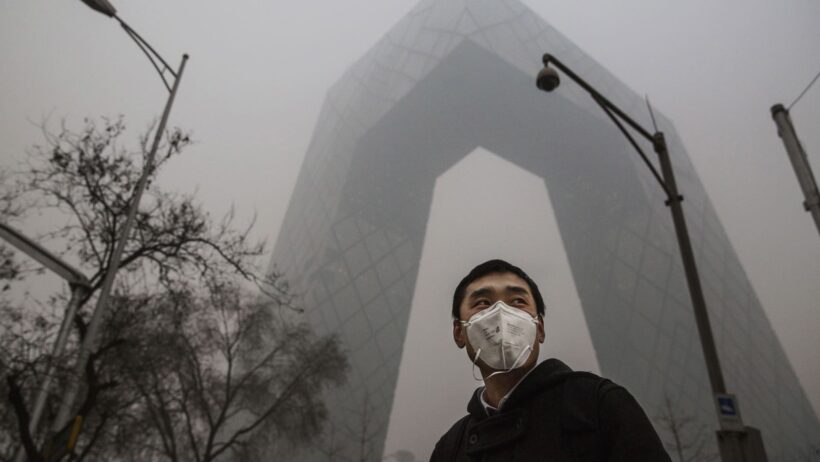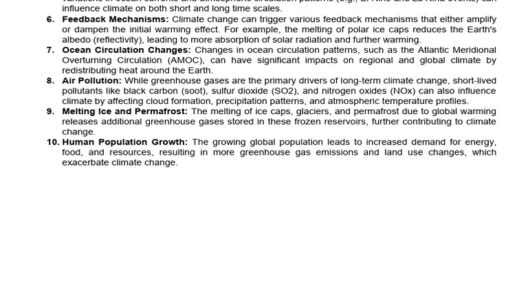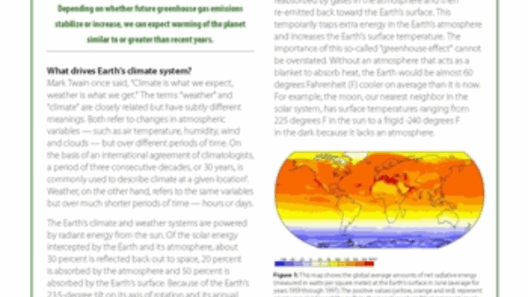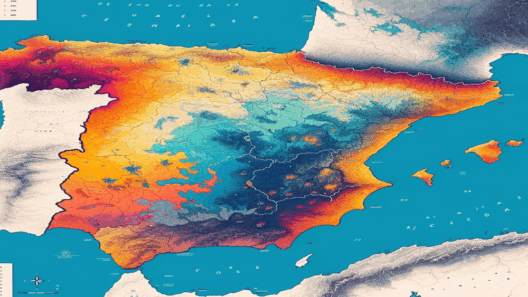The Paris Climate Treaty, formally known as the Paris Agreement, represents a monumental diplomatic effort aimed at curtailing global warming and mitigating the deleterious effects of climate change. Established during the 2015 United Nations Framework Convention on Climate Change (UNFCCC) in Paris, this treaty garnered almost universal support, reflecting a remarkable global consensus on the urgent need to address environmental degradation. This article delves into the intricacies of the agreement, its aims, mechanisms, and the global ramifications of its implementation.
The backdrop of the Paris Climate Treaty is steeped in a growing recognition of climate change as one of the most pressing challenges humanity faces today. Over the past few decades, scientific evidence has increasingly demonstrated the alarming acceleration of climate-related phenomena. Consequently, the treaty not only aims to limit the rise in global temperatures but also endeavors to forge a sustainable path for future generations.
Central to the agreement is the ambitious goal of limiting global warming to well below 2 degrees Celsius, ideally 1.5 degrees Celsius, above pre-industrial levels. This target is significant because exceeding these thresholds could trigger catastrophic environmental events, including severe weather patterns, loss of biodiversity, and interruptions to food security. The agreement’s far-reaching implications highlight its role as a crucial instrument in global climate governance.
Equally noteworthy is the mechanism of Nationally Determined Contributions (NDCs), a novel aspect of the treaty. Each participating country is encouraged to prepare and update their own climate action plans outlining how they intend to meet their obligations under the agreement. This participatory approach recognizes the varied capacities and commitments of nations, allowing for flexibility to the extent that promotes collective action.
Moreover, the Paris Agreement emphasizes a common yet differentiated responsibility among countries. While developed nations historically bear a greater share of the responsibility for greenhouse gas emissions, emerging economies are also gradually increasing their share. By acknowledging diverse socioeconomic contexts, the agreement attempts to drive participation from all nations, fostering a unified global front against climate change.
Governments are not the sole actors in this ambitious endeavor. The agreement catalyzes engagement across various sectors, including businesses, local governments, and civil society organizations. This multi-stakeholder approach ensures that a wider array of innovative solutions and technologies can be harnessed to meet climate goals. The involvement of private enterprises, in particular, has the potential to mobilize resources, drive investments in clean technologies, and become pivotal in reducing emissions.
Challenges loom over the effective implementation of the Paris Agreement. The voluntary nature of NDCs raises questions about accountability and enforcement. Without stringent frameworks for compliance, some critics argue that countries might underreport their emission levels or fail to meet their targets. Ensuring transparency through a robust reporting and verification system is essential for building trust among participating nations.
Another significant hurdle is financing. Developing countries often struggle with the fiscal means to invest in clean technologies and climate resilience. A key component of the Paris Agreement is the acknowledgment of the need for financial support, with wealthier nations committing to providing $100 billion annually by 2020 for climate actions in developing nations. This funding is crucial to facilitate technology transfer and capacity-building efforts, essential for sustainable development in vulnerable regions.
The ramifications of the Paris Climate Treaty extend beyond environmental concerns. As nations navigate through climate action commitments, sensitivity to socio-economic realities comes into play. Climate change exacerbates existing inequalities and threatens marginalized communities. Thus, addressing climate issues is intrinsically linked to achieving social equity, enduring livelihoods, and social stability.
Furthermore, the treaty recognizes the necessity of fostering resilience against climate impacts. As global temperatures rise, the incidence of extreme weather events, such as hurricanes, floods, and droughts, is likely to increase. Nations need to adapt to these transformations while simultaneously pursuing mitigation strategies. Through the sharing of best practices and experiences, countries can bolster their adaptive capacities, benefiting from the collective wisdom embodied in the treaty.
The Paris Agreement stands as a symbol of hope in the collective quest for a sustainable planet. Its promise is not merely to stave off global warming; rather, it advocates for an unparalleled transformation of energy systems and societal paradigms. The shift towards renewable energy sources, for instance, signals a departure from fossil fuel dependence and heralds a new era in economic productivity.
However, the ambitious goals articulated in the Paris Agreement necessitate unwavering commitment and dedication from all corners of society. Policymakers, businesses, activists, and citizens must unite to foster an unwavering momentum for climate action. The pathway to achieving the targets set forth in the treaty may be challenging, but with innovation, collaboration, and tenacity, a sustainable future is attainable.
Ultimately, the Paris Climate Treaty signifies not only a critical juncture in international climate negotiations but also embodies a collective aspiration for global solidarity and responsibility. Its principles align with an ethical imperative—one where today’s actions can influence the fate of generations to come. Through concerted efforts, humanity can safeguard the delicate balance of natural systems and ensure a thriving planet for all.








